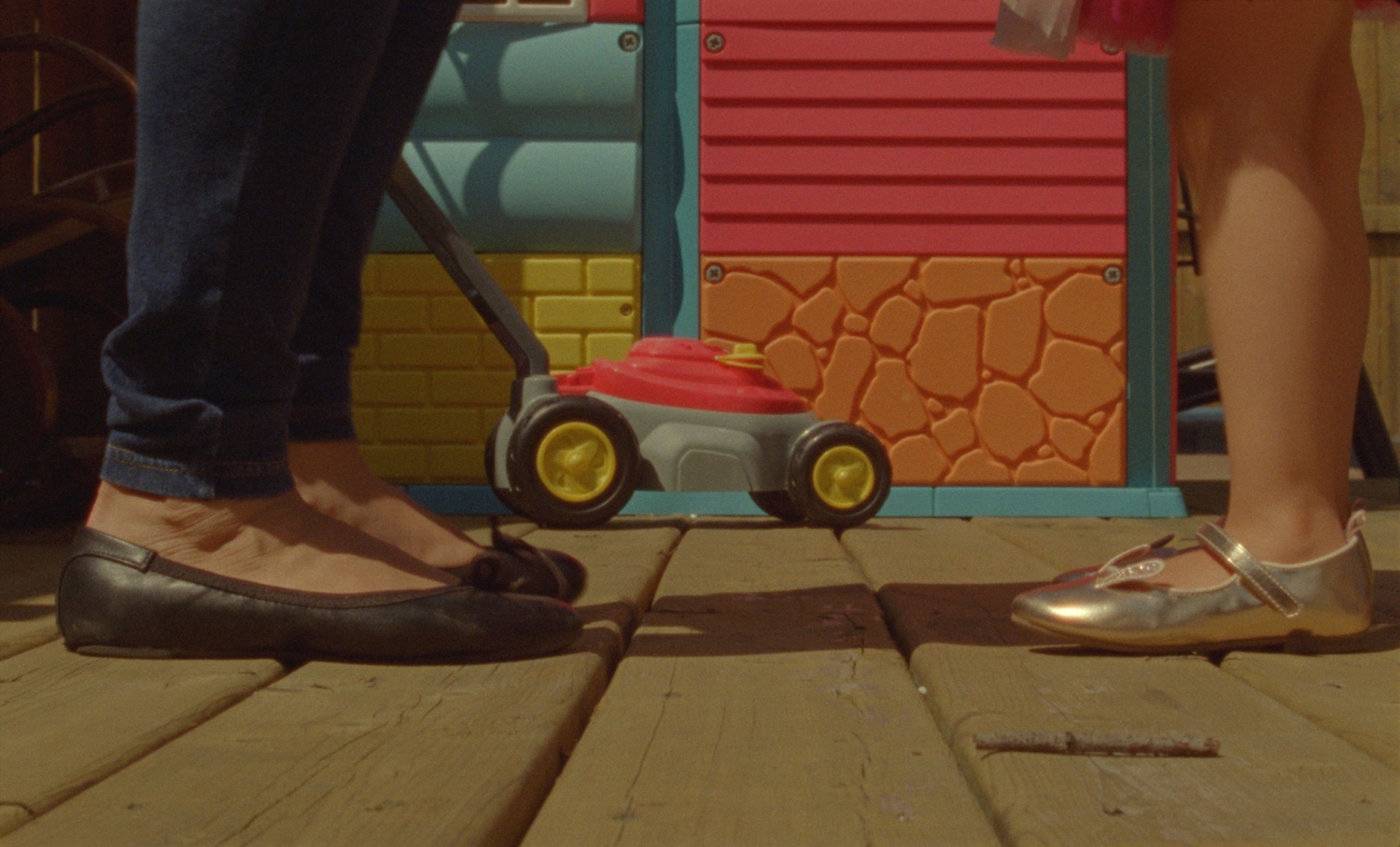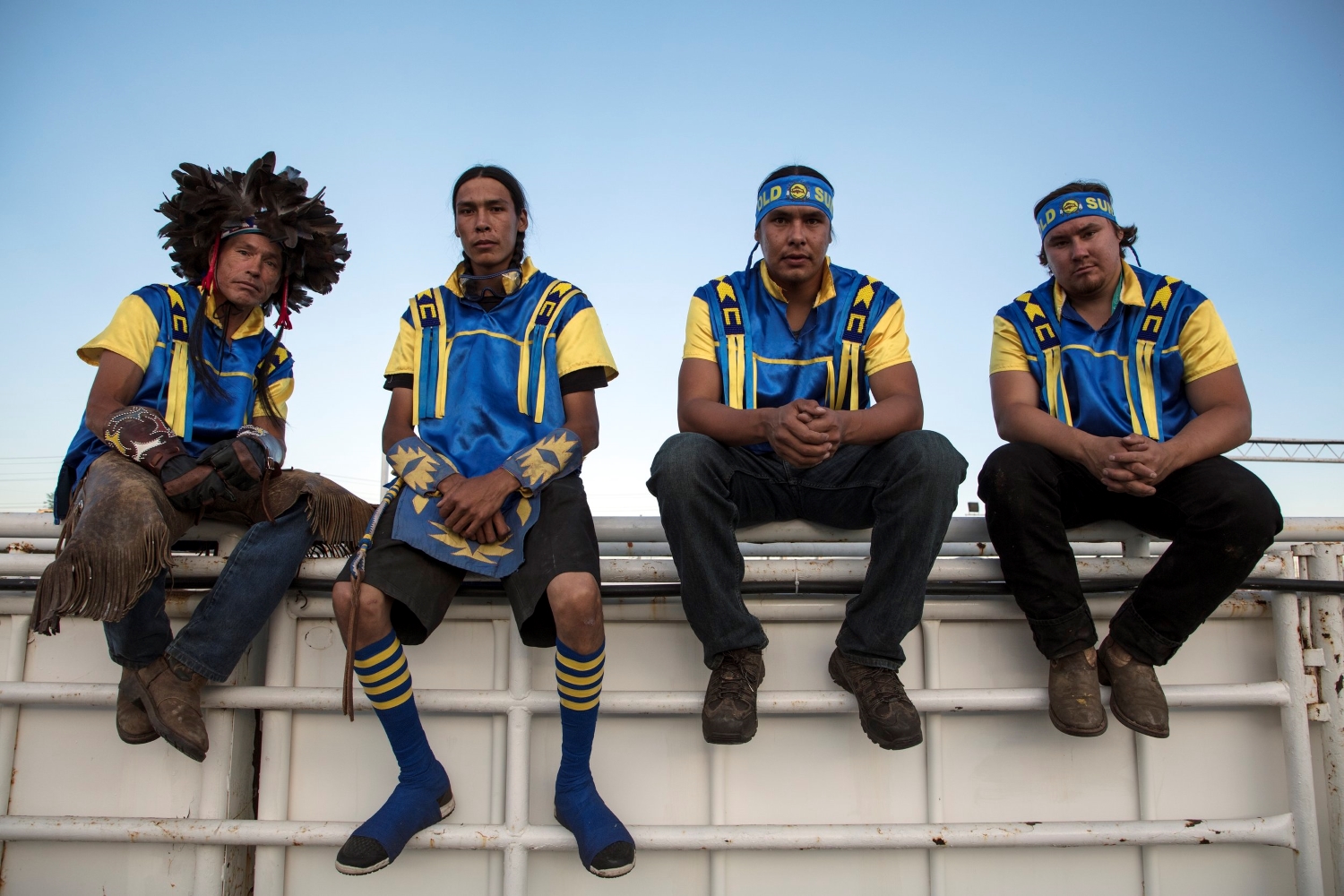Mis dos voces (My Two Voices)
(Canada, 68 min.)
Dir. Lina Rodriguez
“I don’t know to what extent Canada has reconciled with me—you know what I mean? The other side,” reflects a subject in Mis dos voces. “Still, in a way, I have a kind of…distrust. I don’t fully trust Canada. More than Canada itself, it’s like some officials—how things are handled or what can be done. For the most part, I have reconciled with this country.”
Ana, Claudia, and Marinela are three women reconciling hybrid identities in Mis dos voces. This feature doc by Lina Rodriguez, which premiered at the Berlin Film Festival’s Forum spotlight, is an evocative exploration of immigrant experiences. Ana, Claudia, and Marinela came to Canada from Latin American, but their experiences are not necessarily unique. They’re reflective of the wider balancing act that people navigate when they move from one place to another. The film doesn’t let audiences pin any of the women down, nor does it define any woman with a label. Rather, it’s an exploration of the roads travelled and the liminal spaces people inhabit while straddling two worlds.
Rodriguez, shooting in evocative tapestries, considers the women’s stories in an elusive and free-flowing journey. Ana, Claudia, and Marinela offer their stories in voiceover. As they speak, the film eschews conventional interview format and looks anywhere but at their faces. Rodriguez and cinematographer Alejandro Coronado might film a woman’s hands as she drives. Other images observe fingers combing a stylish hairdo. Another scene sees the camera gaze upward to the sky, while another lets the lens pan around a school bus, eventually gazing through the emergency exit to observe the road on which it’s travelled.
Active Listening
As Mis docs voces creates a disconnect between the words spoken in voiceover and the images displayed on screen, the film evokes the reality that Canadians too rarely pay attention to immigrant experiences, particularly those by women and/or people of colour. What the film does in creating this contrast, however, is invite one to listen. Either one can hold onto the stories or one can tune them out in favour of the picturesque compositions that flow through the frame. The choice to listen is on the viewer, and anyone unwilling to afford the women their attention speak to the invisibility they describe in voiceover.
Opening one’s ears, moreover, brings stories about women struggling to fit in. One woman observes how she feels like her clients don’t accept her as she drives them in her taxi. She finds herself expected to explain where she’s from and why she’s here. Mentioning a Canadian husband, however, works like a “Get out of jail free” card.
Other perspectives speak of double standards and workplace discrimination. One woman recalls the sickly experience of washing up vomit while working as a cleaner, but she likens it more to a rite of passage than a dehumanising act. Later in the film, a speaker recalls being hauled into a detention centre where she was forced to wash herself as if she’s categorically unclean, but then given luxuriously fluffy towels like those with which a hotel maid might fold into a swan. There are stories of violence, heartache, and ultimately hope as the women give voice to the strength that helped their families grow.
Looking Outside the Frame
Even as one actively engaged with the women’s voiceover narratives, one can’t help but immerse oneself in the film’s arresting images. Shot on 16mm with vibrant colour palettes that let the pop, the film offers synecdochical compositions that foreground bright red fingernails, the Crayola palettes of children’s toys, the golden sheen of jewellery, and the textures of hands that nimbly create beaded work. These fragments invite one to image the women who exist outside the frame. By showing less of them, the film ultimately reveals more—not necessarily more of the women themselves, but the way a viewer perceives experiences outside one’s one as he or she extends the lines of the compositions.
Rodriguez eventually invites the women’s faces to enter the frame. As Mis dos voces offers portraits of the women and their families in full view, the elusive storytelling remains. One can’t easily identify Ana from Claudia, Claudio from Marinela, or Marinela from Ana. Perhaps it all depends on how fully one engages with their stories before they reveal themselves. However, even when the women reveal themselves, Rodriguez doesn’t put anyone in a box. These are merely three stories among many that are united by the experience of seeing the world through hybrid perspectives. This thoughtful approach—immersive and engaged—invites one to give pause to the voices that might otherwise pass one by.
Mis docs voces premiered at the Berlinale Forum.












